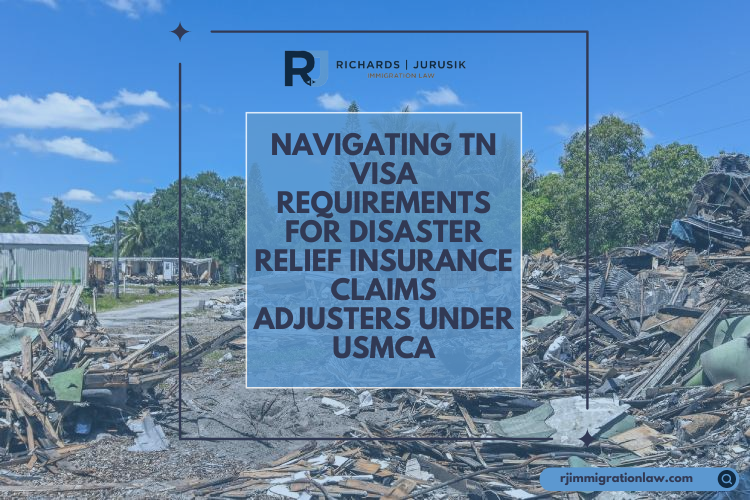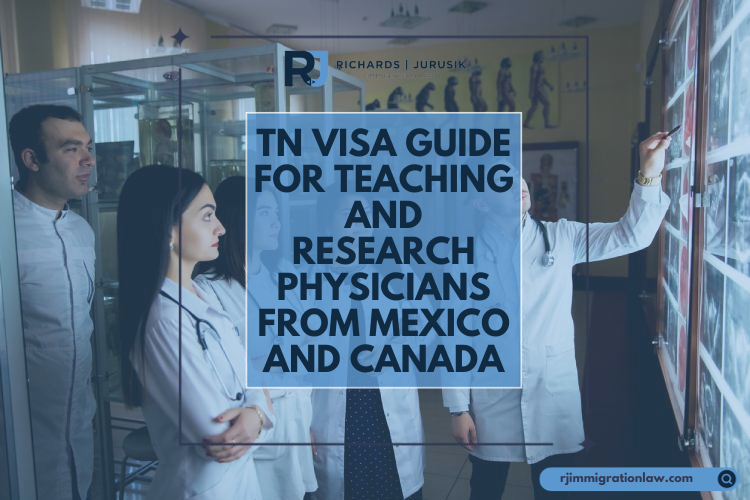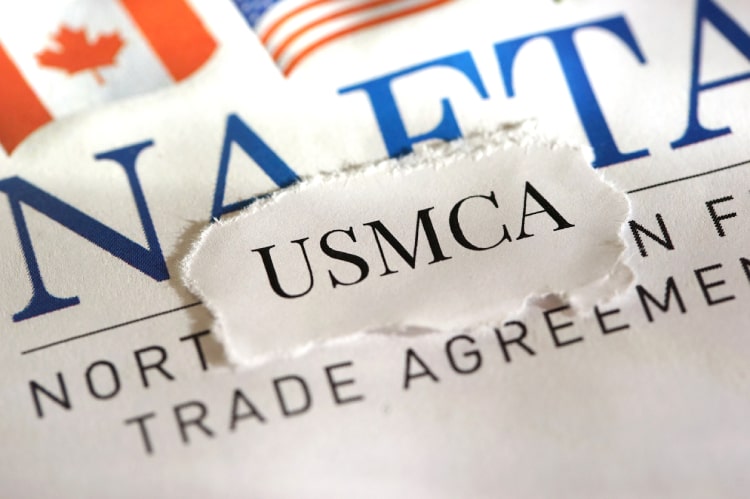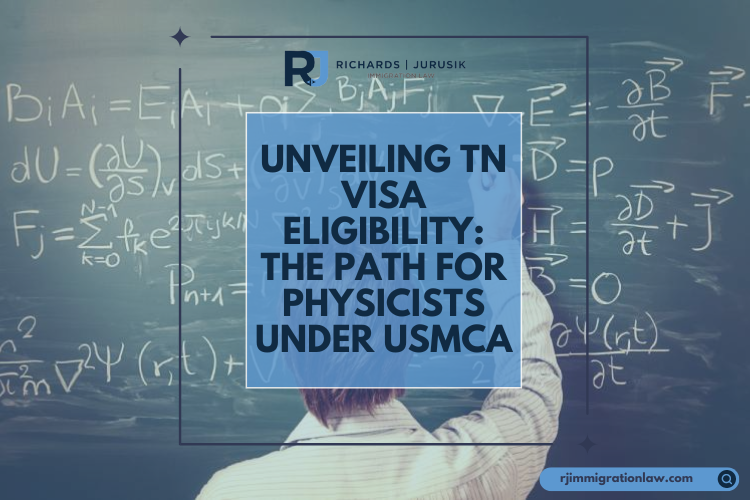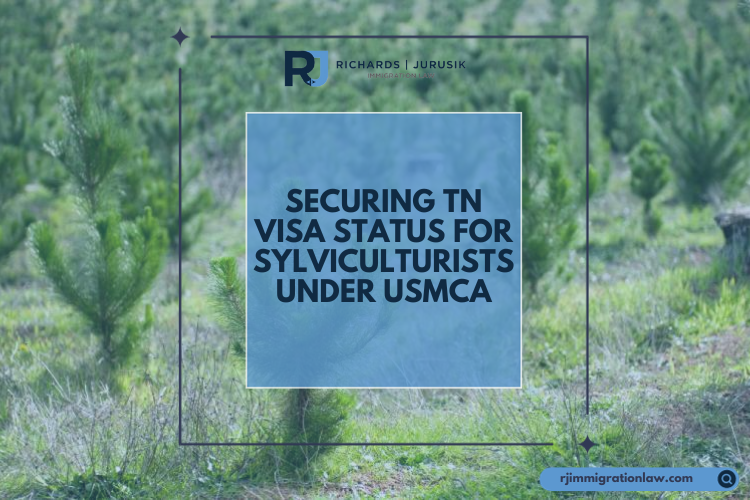The Matter of Chartier, decided on August 3, 1977, provides an understanding of the nuances of intra-company transfer visas (L-1 visas) under U.S. immigration law. This case particularly pertains to the transfer of international employees between the global office and a U.S. office. We discuss how this case is applied in L1 Visa cases below.
Background of the Case
The respondent, a Canadian citizen, was employed in Canada by a subsidiary of a U.S. corporation based in Michigan. He was transferred to the U.S. in 1974 as an intra-company transferee under section 101(a)(15)(L) of the Immigration and Nationality Act. However, the U.S. Immigration and Naturalization Service (INS) later initiated deportation proceedings, arguing that he did not qualify for the L-1 classification since his employer did not have a subsidiary in Canada.
Key Issues and Decisions
The Board of Immigration Appeals (BIA) addressed two crucial issues:
- An employer must have a subsidiary or other legal entity abroad for an employee to qualify for an L-1 visa.
- The implications of the employee’s application for labor certification on his nonimmigrant status.
The BIA decided in favor of Chartier, ruling that section 101(a)(15)(L) does not expressly require the employer to have a subsidiary abroad. The Board also noted that the Service’s interpretation would unfairly restrict companies without foreign subsidiaries from transferring critical employees to the U.S.
Implications for Canadian Citizens
This case is particularly relevant for Canadian citizens working for U.S. companies. It clarifies that the lack of a foreign subsidiary does not automatically disqualify an employee from receiving an L-1 visa. This decision is instrumental in understanding the flexibility and intent of U.S. immigration laws regarding corporate transfers.
Conclusion
In conclusion, the Matter of Chartier case from 1977 has been instrumental in shaping the understanding and application of L-1 visa regulations for intra-company transfers. This decision highlights the flexibility within U.S. immigration laws, particularly benefiting employees of companies without foreign subsidiaries looking to transfer to a U.S. office. For Canadian citizens and similarly situated international employees, this case underlines the importance of comprehending the nuances of immigration policies to safeguard their employment opportunities in the United States. By emphasizing that a direct subsidiary is not a requisite for L-1 visa eligibility, the Matter of Chartier ensures a broader interpretation that aids both employers and employees in navigating the complexities of intra-company transfers effectively. This case serves as a critical reference point for legal professionals and companies in structuring their immigration strategies to align with the legal precedents and maximize the potential for successful employee transfers under the L-1 visa category.
Subscribe to Our Resources Blog
Schedule a Consultation with an Immigration Lawyer
Citations
- Immigration and Nationality Act, Section 101(a)(15)(L)
- Matter of Chartier, Interim Decision #2602, Board of Immigration Appeals, August 3, 1977
We Can Help!
You may have questions regarding L1 Intracompany transfers. We invite you to contact our team at Richards and Jurusik for detailed guidance and assistance. We aim to provide the most accurate and up-to-date information to make your immigration process smoother and less stressful. The immigration lawyers at Richards and Jurusik have decades of experience helping people to work and live in the United States. Read some of our hundreds of 5-star client reviews! Contact us today to assess your legal situation.


